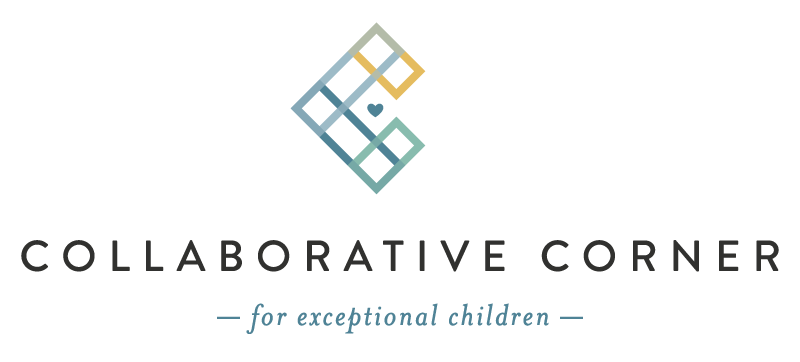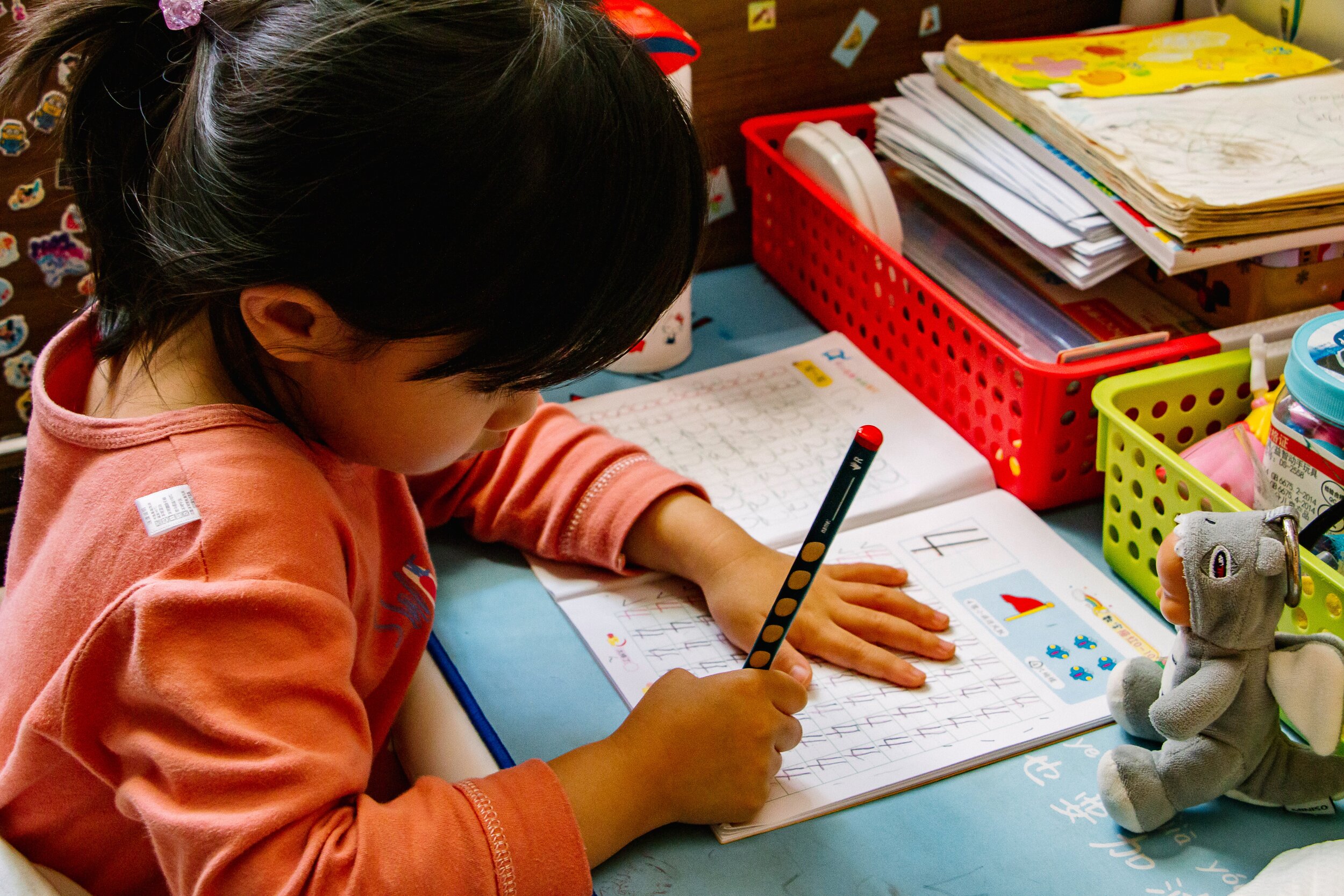Common Questions About An Inclusion Classroom
There are a variety of educational settings within the public school setting that offer varying levels of support depending on what the child needs. An inclusion setting offers opportunities for students with disabilities to learn alongside their non-disabled peers in a General Education classroom. Today, we are answering a number of questions regarding what an inclusion setting looks like and how support and accommodations could be provided to a child to meet his/her individual needs.
Who Services My Child’s IEP in a General Education Curriculum?
The VE teacher is the one who is responsible for working on and monitoring your child’s IEP. The classroom teacher is responsible for making sure the accommodations are met during instruction. The classroom teacher and the VE teacher work together to meet your child’s need.
How Many Students Are in an Inclusion Classroom?
Inclusion classrooms are just like regular classrooms. They have a full class size that average from 18 to 20 students. Only 1/6 of the students can be ESE students in an inclusion classroom.
Is There a Teacher Assistant in the Inclusion Classroom?
There is only the classroom teacher in an inclusion classroom. The VE teacher will stop in to service the students with IEPs during the day. Occasionally there might be a one on one teacher assistant for a specific student.
What Is Expected of My Child in an Inclusion Classroom?
Your child is expected to follow the rules of the classroom like all the other students. They are expected to stay in the seats and complete their work. The teacher and VE teacher will work together to help your child be successful.
Can My Child With an IEP Get a Behavior Referral or Suspended?
Yes, your child can still get a referral or suspended even with an IEP. The teacher will usually have a behavior plan in place before they write a referral.
Does My Child With an IEP Get to Participate in Specials?
Your child will get to participate in all activities in or out of the classroom. Your child gets to participate in school wide activities as well as the classroom activities. They will be able to attend field trips as well.
What if My Child Needs Special Seating?
The classroom teacher and the VE teacher will always support your child in the classroom. Your child’s teacher will have a significant understanding of the various needs that your child has and will use resources, support staff and assistive technology to meet those needs.
What An Inclusion Classroom Could Like!
• The classroom is physically accessible for all students.
• Children with disabilities are in the midst of their peers; not isolated away from the other children.
• Children without disabilities are encouraged to interact with children who do have disabilities.
• Children who struggle with communication should be given alternate ways to express themselves.
• The teacher should use a variety of methods for instruction.
• A visual classroom schedule should be posted so that all children know the plan for the day.
• Disabilities are often explained to other children in the classroom, which allows them to ask questions about differences.
• The teacher should communicate frequently with parents.
• All children should be treated equal in the classroom with love and respect.
• High expectations for all children, regardless of their ability levels.
This is just one educational setting within the public school system. Should you have further questions about inclusive education, please reach out to leslie@collaborativecorner.org.
Leslie Haynes, B.Ed
Inclusion Teacher, Parent Advocate, and Special Olympics Coach
leslie@collaborativecorner.org

